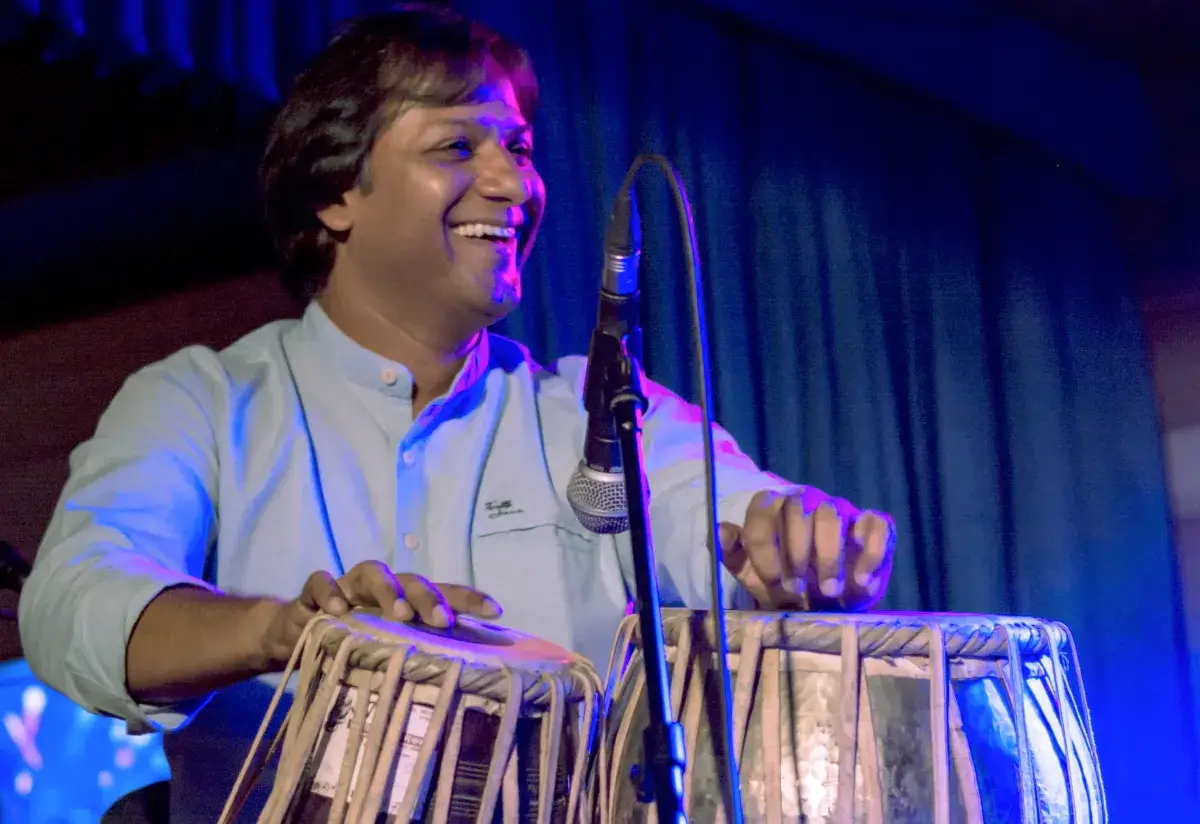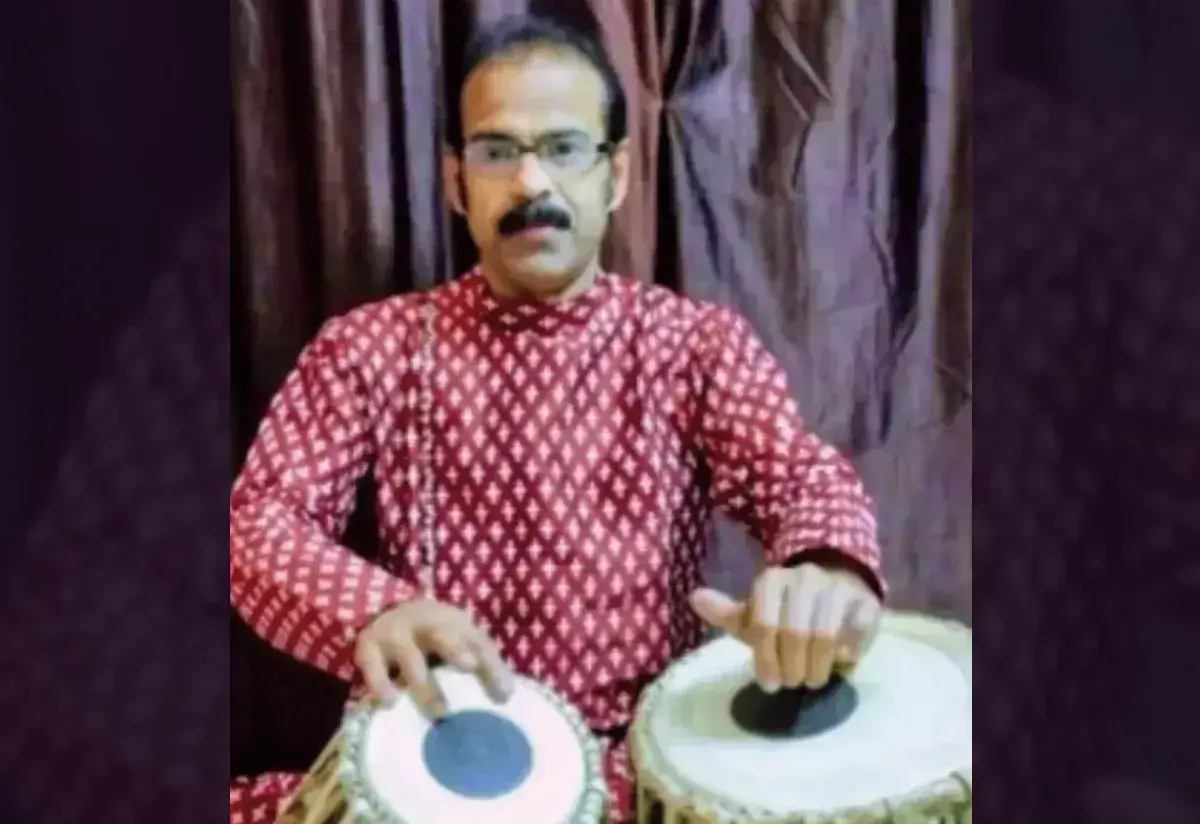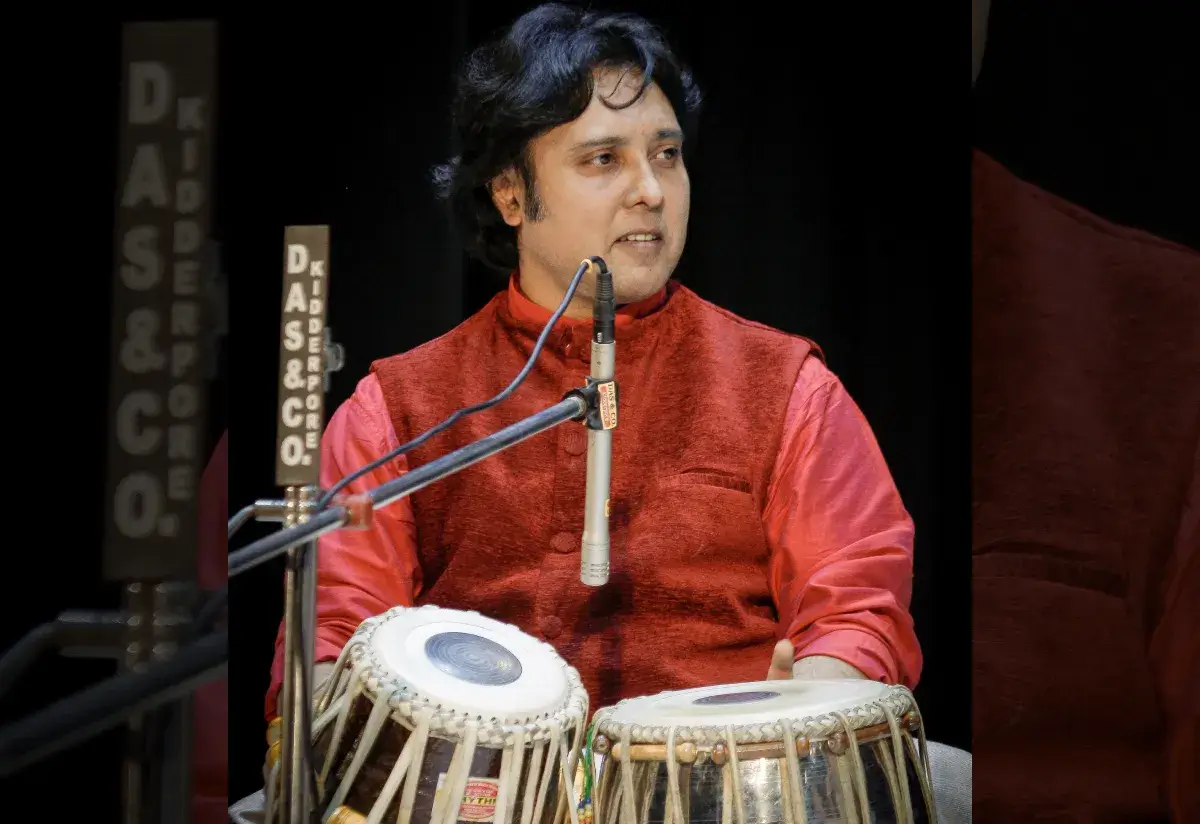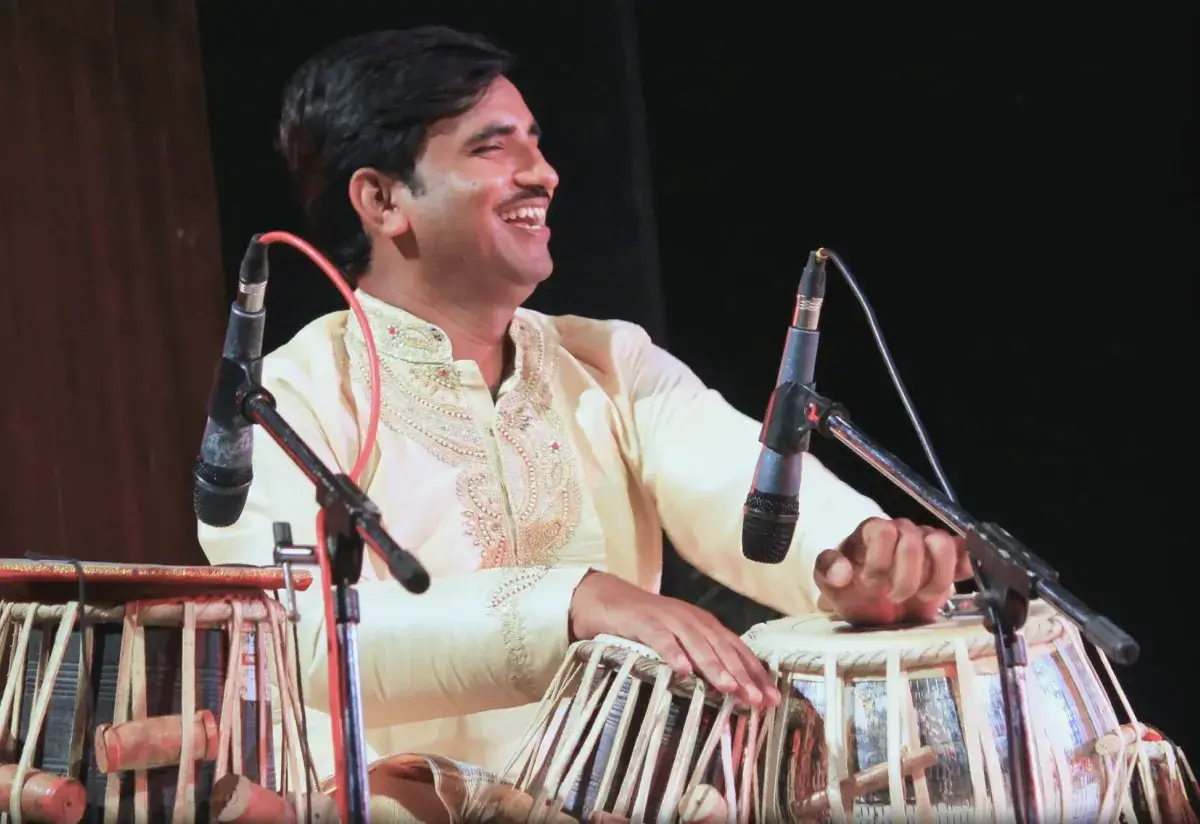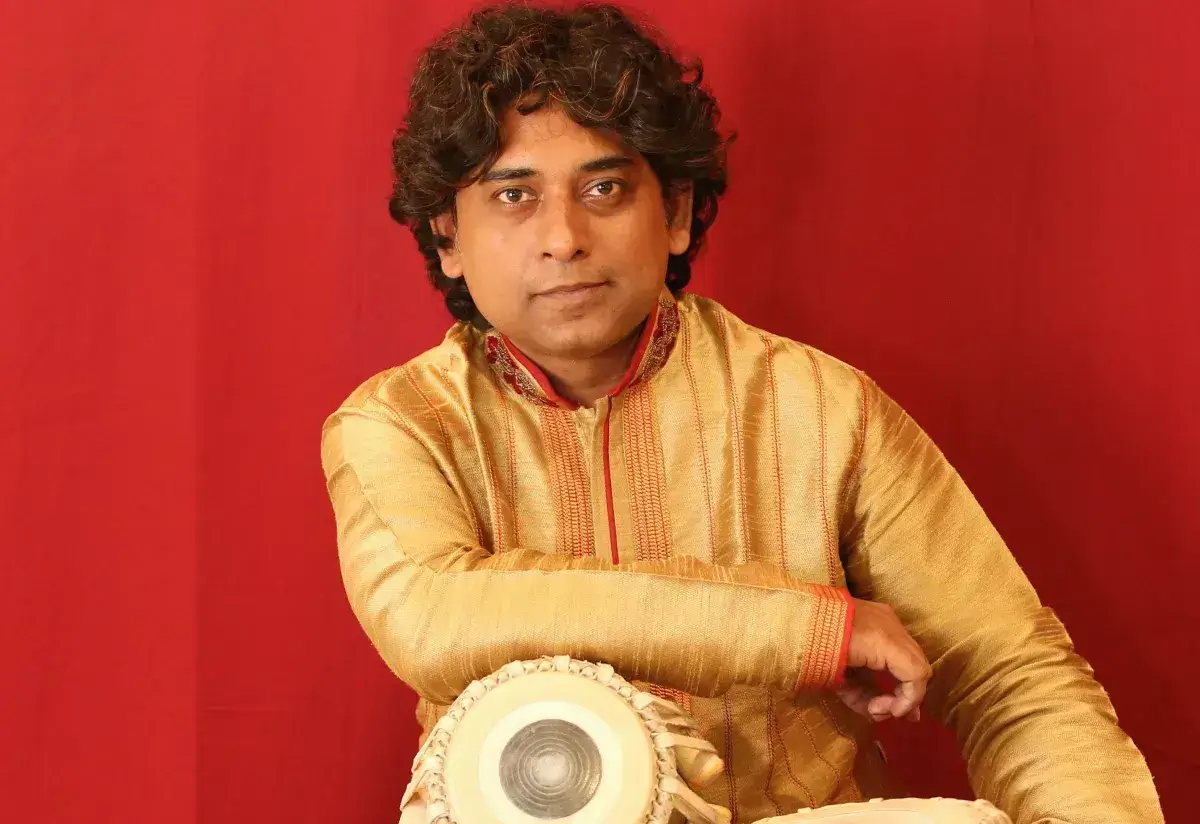Featured
How to Play Tabla? Tips for Beginners to Avoid the Initial Hitch
The strokes on Tabla not only create a rhythmic beat to support the musical recital but also creates music of its sort. It creates a sound that is rhythmic and melodic at the same time. It evolved in the northern part of India and thus is an integral part of Hindustani classical music.
Tabla playing in solo or duet recitals has been a very old tradition in India. Such recitals range anywhere from one hour to five hours depending on the kind of audience they are presented to.
It is said that one who has aced tabla can play any kind of percussion instrument. It helps to develop the concept of time, tempo, and rhythm in music.
And not just for percussionists, even a vocalist or any other instrument player would benefit profusely from learning to play tabla. It will add more profoundness and a completely new dimension to their learning as well as practicing experience.
Teething Problems for New Learners
Having emphasized why every music enthusiast/ practitioner should learn tabla, it is also significant to understand the factors that might cause difficulty in the learning process.
We need to learn about the challenges in the learning process. It will help us to realize that we are not the only people who are facing beginner's challenges. And also, that these challenges can be dealt with.
In this article on ‘how to play tabla for beginners’, we will learn the right approach to deal with the initial challenges and keep learning.
Generating the sound
Here is the first step of a whole new process of how to learn tabla for beginners. The very first concern in the entire process is to learn how to generate the sound. At the very initial stage, some students can create the right kind of sound while others need a fair amount of practice to get it right.
It is quite similar to the intonation of voice or any other musical instrument. At the initial stage, this might be very discouraging for the students. However, it is one of the first hurdles. And it would be extremely educative and morale-boosting to be able to overcome this challenge.
Set the hand and the right fingering techniques
Training starts with how to use the fingers on the tabla. Initial few days, it is better if the learners just stroke the tabla to observe the kind of sound it makes. Then gradually, the teacher introduces them to the basic techniques of how to use the finger, palm, and wrist to create different sounds.
Notations are introduced once the student learns to create the right kind of sound. Gradually, lessons on ‘kayda’, ‘rela’, fixed compositions, laykari, recitation, and theka are introduced.
Learning to use the fingers in the right manner is common to all musical instruments. It is also one of the most crucial parts of the learning process. It is like creating a bond between the fingers and the instrument. It takes time, patience, and hard work to achieve it. And it also varies from person to person.
Recitation of Tabla bol
There are two parts of a tabla recital - one is by playing the fingers on the tabla, and the other is by reciting the tabla bols. Each stroke that is played on the tabla has a name or bol such as Dha, Dhin, Tete, Ta, Tin, Tere kete, Dhage, Na… etc. The percussionist should be equally proficient in playing as well as reciting the bols.
Some percussionists are not as proficient in bol recitation as they are in playing the tabla. Some students pick up one of these skills faster and struggle to acquire the other one. However, all these are a part of the learning process.
Avoid finger injuries because of wrong fingering
Hand injuries, aches, and pains are common for people who play musical instruments. Particularly the wrist and fingers are over-stressed for long hours.
While we discuss how to play tabla for beginners, this is one area that deserves a special mention. While playing tabla, a lot of pressure comes on the wrist as it has to be kept in a certain way over the drums for a very long time. This may lead to muscle strains, fatigue, or even pain.
One of the extreme predicaments in playing tabla in the wrong way is the risk of getting fingers injured. Striking the finger in the wrong way may lead to swelling of the finger. In extreme cases, it may even lead to bleeding.
Not just the wrist and the fingers, tabla playing also involves your arms and shoulders. and back muscles. We have often seen percussionists shaking their heads up and down or sideways while playing tabla. Perhaps it is a way to release tension from their shoulder and back.
How comfortable you would be while practicing tabla and how much pain you would be able to avoid depends entirely on your posture. Minute details such as whether you sit on the floor or on a cushion also make a lot of difference in this regard.
It is normal to feel your muscle strained or fatigued while playing tabla. However, experiencing pain is a sign of warning. It means that there is something wrong with your playing technique.
In a very traditional setup in Indian classical music, the tabla is introduced to the students at a very young age. It is easier for them to adapt and attune their bodies to the demands of the instrument.
People who take up tabla lessons at later stages in their lives would have to take extra efforts to prep up their hand, shoulder, and back muscles.
Playing solo or as an accompanying instrument
When we think about tabla or any other percussion instrument, the first thing that comes to mind is that it is an accompanying instrument. It would be a part of a musical ensemble or support vocal renditions. And this thought is quite intimidating in itself.
However, a very basic understanding that the learner needs to understand is that initially, tabla has to be learned as a solo instrument. It is like a vocal or any other instrument. The learner first needs to expertise it as a solo performer. Also, it takes a substantial amount of practice and proficiency to be able to perform as an accompanying percussion with vocal artists or in a concert.
Tips on How to Play Tabla for Beginners
The importance of tala and laya in Indian classical music can never be emphasized enough. And tabla is by far the choicest instrument for maintaining tala and laya in Indian music. Having originated in North India, the instrument is rapidly finding worldwide acceptance.
Read on… to get in-depth knowledge about tabla. It will also help to deal with the beginner’s challenges.
Know the instrument
Do you want to know about the different components that go into making the tabla? It will help you to understand how each component behaves while playing the tabla and how to get the best out of them.
By the look of it, tabla looks like it is pakhawaj separated into two parts. According to modern historians, the origin of tabla dates back to the beginning of the 18th century. It was invented by the great Sufi poet Amir Khasru who wanted a more subtle and melodic percussion instrument that would support Khayal Gayan.
Tabla comprises a treble and a bass drum - each made with different materials. The treble drum is made of wood, while the bass drum is like a single-headed kettle made of nickel alloy or clay. Each drum is played with different hands.
Tabla is a membranophone. It means that the sound that it produces comes from vibration on the stretched skin that the head of the tabla is made of. Goatskin is used to make the head of the tabla, the outer circular edge of the head that holds the skin in place, and also the straps that run on the sides from the head of the tabla to its base. Small wooden drums are between the shell of the tabla and the straps to create the optimum stretch.
The head of the tabla is further divided into three rings - each creating a different sound. It is significant for the percussionist to know that how the skin behaves depends on several factors. The room temperature and sweat from the hands of the percussionist make the skin loose. It will impact the sound of the tabla.
That is the reason percussionists are often found striking the edge of the tabla head and the small wooden drums with the help of a hammer. This is done to maintain the stretch of the skin to get the best sound out of it. Percussionists even steal out time in between the recitals to create the stretch of the skin.
Find a good mentor
This may sound repetitive. However, no matter how many times it is repeated, it is never enough. Finding a good mentor is the be-all and end-all of learning a creative or performing art. And tabla is no exception in this regard.
When small kids are introduced to tabla, their limbs are not completely developed. The same is the case with their learning and retention capacities. A good mentor understands that and guides them accordingly.
They introduce ‘bol’ that is easy for them to retain. In many cases, a teacher teaching four young learners might have to customize the bol as per their receptivity.
Further to the bol, the fingering, and hand-setting, body posture needs a lot of focus. As discussed above, it forms the very foundation of the learning process.
Learning challenges differ with the age of the student. And the teaching methodology changes accordingly.
Also, in the current age of digitization, mentors have to improvise their teaching methodology depending on whether they are teaching virtually or through physical classes.
It is easy to demonstrate the techniques in physical classes whereas communicating the same through virtual sessions might be challenging. For online classes, teachers have to record the demonstrations and share them with the students. And then ask the students to record their practice sessions and share them with the teacher for his/ her feedback. The process is time-consuming and strenuous at times. However, good mentors do not deter from walking that extra mile for their students.
Explore the tabla classes on ipassio.com to connect with some of the renowned percussionists and experienced teachers. They have chosen this platform to share their knowledge and skills with thousands of students from all over the world who are taking live online one-to-one classes with them.
Practice
When it comes to acquiring a performing skill, there is no alternative to hard work and patience. In music, no one can be like another person. Albeit, performing artists follow senior artists when they start. For example, Lata Mangeshkar followed Noor Jehan, Sonu Nigam followed Mohammad Rafi, and eventually, they identify their unique streak.
Hence, as a new tabla student, you might love to listen to Zakir Hussain. You might want to play tabla like him. However, do not expect to achieve it too early. This learning curve is infinite. Hence, brace yourself for that. Take small baby steps, one at a time, listen to your teacher, and keep practicing.
Concluding…
Learning tabla helps to understand the assimilation of music with rhythm beat and tempo. If the students learn to take the initial challenges in their stride, the way ahead would be extremely rewarding.
With the right kind of guidance, dedication, and thorough knowledge students can learn to deal with these challenges with aplomb. And the best part about music is that learning or acquiring a skill does not come easy. But once you acquire it, it becomes a part of your being. And as you learn more, you also start improvising and composing on your own. At this stage, you start creating a unique identity of your own where music is your anchor. And it is just the beginning of an eternally blissful journey.




